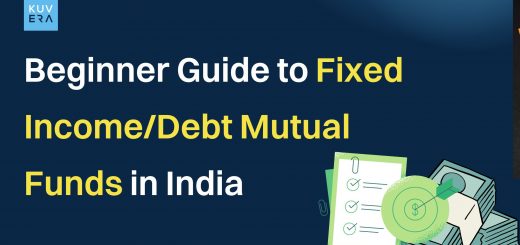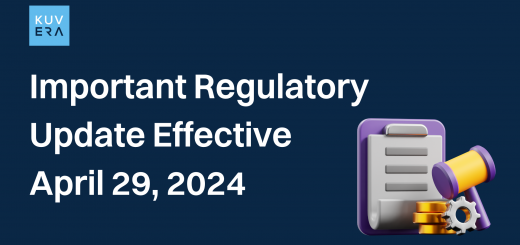Inflation refers to a wide-ranging economic impact of price hikes, such as an overall increase in the cost of living in a nation. However, at times, inflation is also narrowly calculated for certain services and goods, such as an increase in the price of haircuts, foods, and other such items. Inflation has an impact on investments. Real return is the annual profit percentage on an investment that has been prorated for inflation.
Inflation Meaning
Inflation is the gradual loss of buying capacity of a particular currency. The increase in pricing, often stated in percentage (%) means that a currency unit buys less than what it did before.
In simple terms, inflation reduces the money’s purchasing power, which means what you can buy with Rs. 100 today, you’ll not be able to buy the same thing in 2030 with the same amount.
Inflation Rate of India
Following an 8-year high of 7.79 % in April 2022 and falling short of market predictions of 7.1 %, India’s annual inflation rate dipped slightly to 7.04 % in May 2022. For the fifth consecutive month, it did not fall within the RBI’s goal range of 2 to 6%.
With the inflation rate increase in this unpredictable world, it’s best to plan your income and expenses. With the Kuvera website and mobile app, you can keep track of and understand how the market is moving so you can invest in mutual fund schemes and stock exchanges.
Real Rate of Return
The percentage of profit made by an investment in a financial year is adjusted as per the prevailing inflation rate in the market. The remaining profit after the adjustment is known as the “real rate of return.”
It is only through the real rate of return, that the actual purchasing capacity of a given currency can be indicated.
The Cost Inflation Index, or CII, is an index that is used to determine how much an asset’s value has increased after accounting for inflation. Only those assets that qualify for an inflation-adjusted cost will be determined using this amount (indexation benefit).
Types of Inflation
There are various types of inflation patterns trending in other economies. They are as follows:
-
Semi-inflation
An economy may experience inflationary pressure even before reaching full employment—where all people can find work—as a result of bottlenecks in particular economic sectors. This is called semi-inflation.
-
True inflation
This occurs when economic growth factors have been fully used. For instance, when the labour force is fully employed, national production becomes inelastic. As a result, more income just means more expenses, not greater output.
-
Open inflation
This is the most basic type of hyperinflation, in which the price level grows continually and is apparent to the public. The yearly pace of rising prices is evident.
-
Repressed inflation
Let’s imagine that there is surplus consumption in the industry. Generally, this condition results in a rise in prices. Therefore, the authorities can use punitive measures like price regulation, restrictions, and so on to avoid excess consumption by raising prices.
-
Hyperinflation
Current prices rise at a quick pace during hyperinflation. Costs are expected to rise every hour. Typically, this results in an economy’s currency devaluation.
-
Creeping and moderate inflation
Creeping inflation – In this situation, the price level rises steadily over a long time.
Moderate inflation – The level of price growth in this scenario is neither too quick nor too sluggish; it is reasonable.
Causes of Inflation
The main causes of inflation are:
-
Demand-pull
Demand-pull Inflation occurs when insufficient items or resources are being provided to increase supply, leading to costs inflating. For instance, if component prices rise, so does the cost of manufacturing. This causes the price levels to rise as well. Higher demand and less adaptable supply lead to a demand-supply mismatch, which raises prices.
-
Cost-push
Cost-push inflation is a result of price hikes arising due to an increase in raw and intermediary products used in the production of goods. For instance, costs for all intermediate goods increase when more money and credit are directed toward the commodity or other asset markets.
-
Built-in
Consider this situation: The cost of goods and services is rising, and as a result, workers and other people begin to demand higher wages to maintain their quality of life. The cost of goods and services rises because of their increased earnings, and this wage-price spiral keeps going as one element drives the other and vice versa.
Inflation and Stock Market Returns
Investors need to know how stock market returns usually work and what that could mean for their portfolios’ long-term growth.
For instance, throughout the period, the share market has earned an average of 10% every year, or 7% when inflation is included. Long-term traders can use previous stock market results for a year to effectively manage their investments.
Research has shown that every country has had its worst real returns during times of high inflation.
Money Market Funds (MMF)
Money Market Funds are loan funds that credit businesses for up to a year. These investments are created in such a way that the fund manager may generate better returns while minimising risk. A money market fund is a type of managed fund specialising in short-term, highly liquid assets.
High return share
Excess returns are those that are achieved above and beyond the return of a proxy. The study of excess returns will be based on a selected investment return comparison.
A riskless rate and benchmarks with risk levels comparable to the investment under consideration are two of the simplest return comparisons.
You can visit Kuvera’s official website and go through various investment schemes, mutual funds, FDs, RDs, and other investing tools. You can even set your financial goal and work on it with Kuvera.
FAQ’s
-
What causes inflation?
Three significant factors cause inflation: built-in inflation, cost-push inflation, and demand-pull inflation.
-
What to do to fight inflation?
You can save yourself from the effects of inflation by planning your finances.
-
How to invest during inflation to get high returns?
Investors should invest in small-cap and mid-cap funds to get high returns during inflation. The way these funds have performed on the market over the past few years shows that they can keep up with inflation.
Interested in how we think about the markets?
Read more: Zen And The Art Of Investing
Check out all our “Investor Education Originals” videos on Youtube and get smart about investing.
Start investing through a platform that brings goal planning and investing to your fingertips. Visit Kuvera.in to discover Direct Plans and Fixed Deposits and start investing today.











